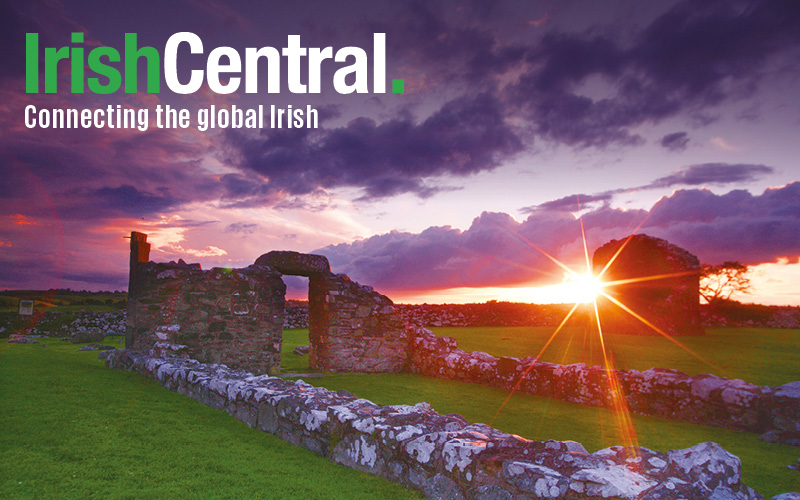The New York GAA passes a proud milestone this year reaching its 100th anniversary. Heartiest congratulations to the association on reaching a magnificent milestone.
The mission statement for the New York GAA is as relevant now as it was back then, to promote the sport and culture of Gaelic games and to ensure that future generations of Irish here will take part in them.
But football and hurling are only two of the most important facets of the GAA.
The networking, cultural links and social side of the GAA are just as important, especially for immigrants who will always find in the GAA a home away from home.
In this generation, with legal emigration at a standstill, the role of the GAA in bringing in Irish American players, sons and daughters of emigrants and others, is a vital new link.
New York has been especially successful in creating juvenile teams, especially through their Rockland County and Queens hubs where literally thousands of kids have become involved.
The upsurge in youth, alas, is not enough to cover the fact that without future emigration, hurling especially is in trouble in New York with the number of teams dropping sharply.
The GAA has always been as much about community as sport. Given the resurgence of emigration from Ireland in recent years, the number of GAA clubs worldwide has increased dramatically, especially in Australia and Canada. The Irish communities involved have benefitted greatly from the GAA presence.
New York has played an outsized role in that regard over the generations, providing a starting point for those just off the boat or the plane to find work, meet new friends and become part of the community.
Arguably, the GAA is the most important Irish American organization of all, especially for immigrants who do not have family ties when they arrive in the new country.
Matches of a different kind are also a part of the community. Many a marriage has been made in Gaelic Park in The Bronx and will continue to be made no doubt.
The highlight of the 100 years in New York was undoubtedly the staging of the only All-Ireland football final played outside Ireland in 1947 when Kerry lost to Cavan in sweltering heat.
The final was played in New York to inspire Irish clubs outside Ireland to continue to play Gaelic games and to commemorate the 100th anniversary of the Great Hunger.
Over 30,000 attended the final in the Polo Grounds in The Bronx, and 1,500 were at the post-match banquet at the Hotel Commodore in Manhattan.
No mention of New York GAA would be complete without referring to the legendary John Kerry O’Donnell who embodied so much of the GAA in New York for decades.
Love him or hate him — and John Kerry had many advocates for both points of view — he ran a tight ship through good times and bad for a half century between 1941 and 1991.
The pity of it is that in all their time in New York, the GAA did not definitively purchase their own playing field and currently share the space with Manhattan College. It seems as if that will be the situation for years to come, as the GAA just announced plans for a million-dollar refurbishment of Gaelic Park.
Overall it has been a positive century in New York, and Gaelic games are thriving among the young. The sadness is that the emigration crisis has impacted the GAA perhaps more than any Irish group.
Their future is more tied to immigration reform than almost any other Irish group. Let us hope it happens soon.




Comments